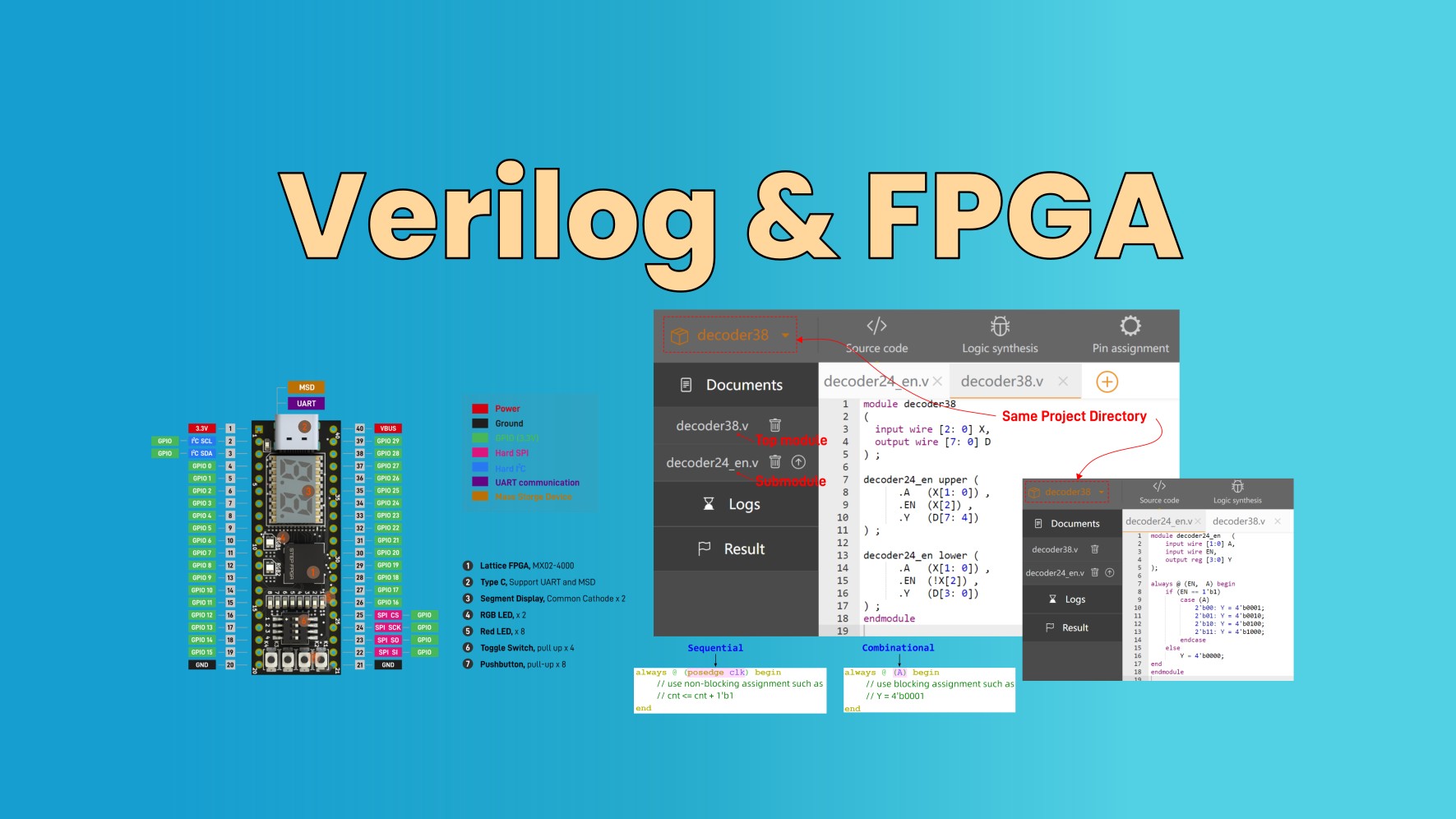Know Comparison between FPGA Board and Arduino Board
In this blog, we going to look into a brief comparison between FPGA Board and Arduino. At first glance, the major difference is FPGA is a Programmable logic gate and not a microcontroller like Arduino. Now lets us look other differentiation between the two.
Field Programmable Gate Array (FPGA) Board Facts

- Hardware Reconfigurable – Unlike traditional microcontrollers, FPGAs can be reprogrammed at the hardware level, allowing custom logic circuit designs.
- Parallel Processing – FPGAs can execute multiple tasks simultaneously, making them ideal for high-speed computing and real-time processing.
- Used in AI & Cryptography – FPGAs are widely used in machine learning, cryptography, and high-performance computing due to their ability to handle massive parallel workloads.
- No Predefined Architecture – Unlike microcontrollers, an FPGA starts as a blank slate, and the user defines its logic using HDL (Hardware Description Language) like Verilog or VHDL.
- Higher Power Consumption – Compared to microcontrollers, FPGAs consume more power but offer greater flexibility and speed.
Arduino Facts

- Beginner-Friendly – Arduino is an easy-to-use microcontroller platform with a simple programming environment, making it ideal for hobbyists and beginners.
- Open-Source – Both Arduino hardware and software are open-source, allowing developers to create custom boards and modify the firmware.
- Huge Community Support – Arduino has a massive global community, providing libraries, tutorials, and resources for all levels of users.
- Used in IoT & Robotics – Arduino is commonly used in Internet of Things (IoT) projects, robotics, and home automation due to its simplicity and connectivity options.
- Limited Processing Power – Unlike FPGAs, Arduino boards run code sequentially and have limited processing speed, making them unsuitable for high-speed applications.
When to Use FPGA board vs. Arduino

When to Use an FPGA board
- When high-speed parallel processing is needed (e.g., AI, cryptography, video processing).
- When hardware customization is required for efficiency and performance.
- In applications where latency must be minimal, such as real-time signal processing.
- When working with custom communication protocols or specialized hardware interfaces.
Start learning FPGA Programming with EIM Technology's Beginner Friendly FPGA Board
When to Use an Arduino
- For quick prototyping and hobbyist projects.
- When ease of programming and community support is a priority.
- For IoT, robotics, and automation, where low power and simplicity are preferred.
- When working with sensors and actuators for DIY electronics projects.
We can conclude, use FPGA board for high-performance computing and custom hardware logic, while Arduino is best for simple, low-power, and easy-to-use applications.

